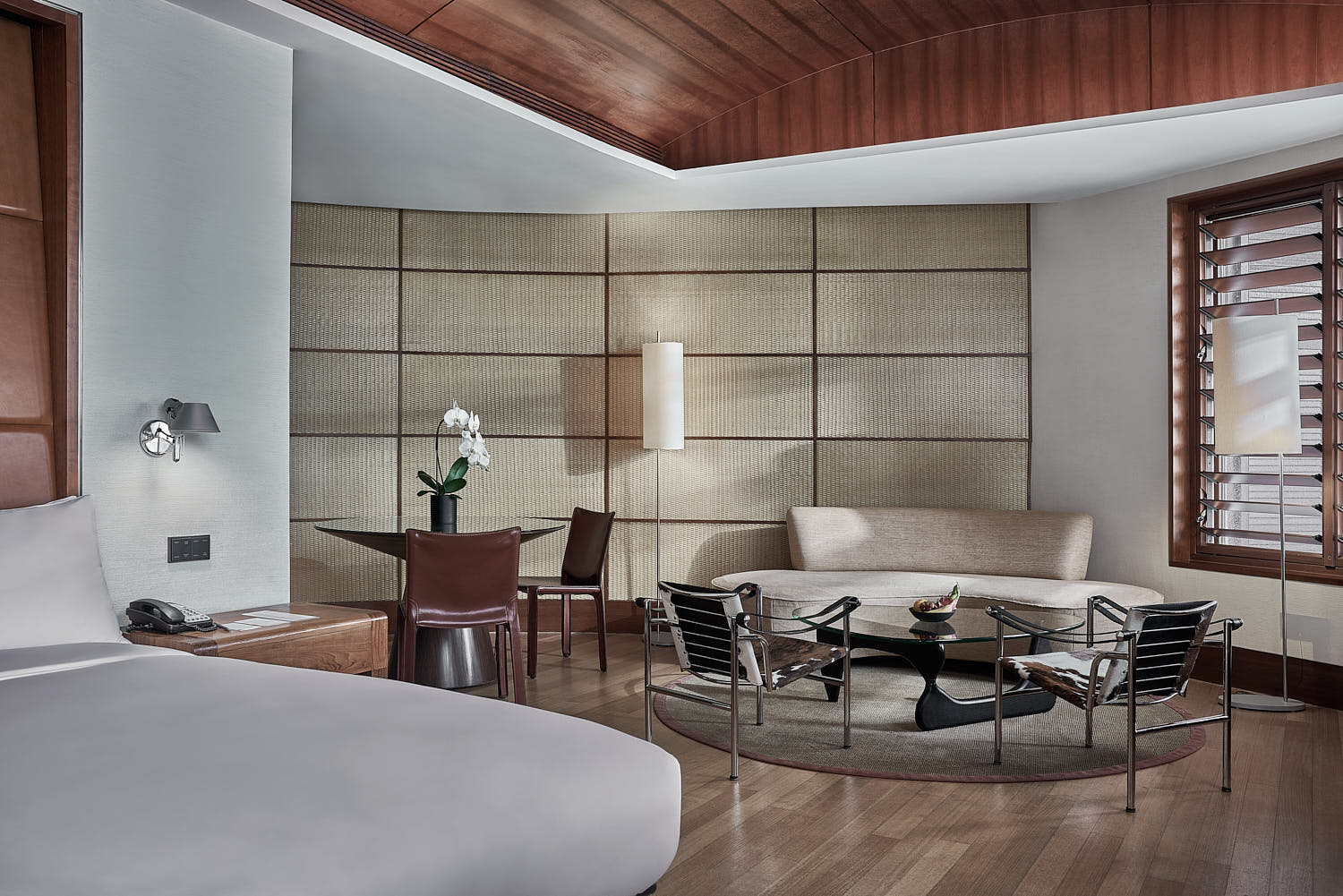The Difference Between Interior Photography & Other Photography
Interior photography is one of the most technically demanding and time-consuming types of photography. Unlike other genres such as portraits or food photography, it presents unique challenges that require meticulous preparation and execution—all for a single impactful shot.
Key Differences in Interior Photography
1. Capturing Space & Composition
Interior photography focuses on an entire space rather than a single subject. Balancing leading lines, symmetry, and depth is crucial to making a room look inviting and well-proportioned.
2. Lighting Challenges
Interiors have mixed lighting sources, creating inconsistencies in color temperature. Unlike outdoor or studio photography, where lighting is more predictable, interior photographers must carefully manage light using flashes, softboxes, and other tools to achieve a well-lit shot.
3. Styling & Attention to Detail
Beyond composition, every element within the space must be styled. Small details like straightening furniture, adjusting curtains, or repositioning props ensure a polished final image.
4. Managing Distortion & Perspective
Wide-angle lenses are often needed to capture interiors but can cause distortion, making vertical lines appear tilted. Correcting these distortions requires careful camera positioning and post-processing.
5. Depth of Field Considerations
Unlike portrait photography, which often uses a shallow depth of field, interior photography requires sharpness from foreground to background. This means using a higher f-stop and longer exposures, often requiring a tripod for stability.
Why Interior Photography Takes More Time
1. Extensive Setup & Staging
Furniture and décor often need rearranging to create a visually appealing composition. Unlike portrait or product photography, where only one subject is styled, an entire room must be perfected.
2. Precision Lighting for Each Shot
Interior photographers don’t rely on waiting for perfect natural light. Instead, they use artificial lighting to shape and control the scene, requiring careful adjustments for a single well-lit shot.
3. Detailed Post-Processing
Editing interior photos involves exposure blending, color correction, and distortion fixes. High-end photography often includes HDR techniques or compositing multiple exposures for one flawless image.
4. Client Collaboration
Interior photography frequently involves working with architects, designers, or marketing teams, adding to the time investment. Every shot must align with their vision and branding needs.
Conclusion
Interior photography demands extensive planning, technical expertise, and post-production work—all for that one defining image. However, high-quality interior photography is invaluable for hotels, resorts, and retail spaces looking to showcase their environments professionally.
At Wai Kay Photography, we specialize in capturing interiors with precision and artistry. If you need compelling visuals for your hotel, resort, or retail space, reach out to us today! Browse my interior photography portfolio here.
